8 ways to save battery for MacBook
The article on how to take care of a battery in a MacBook laptop helps the battery to charge better after a long time of use and how to use it for a while when it is almost empty.
If fully charged, your MacBook laptop seems to last a long time, which is due to the quality of the battery provided. However, perhaps we all experience frustrating times when the battery indicator falls to the red level when we need to work longer.
The article will teach you 2 things: firstly, how to take care of the battery in your Mac to help the battery charge better after a long time of use. The second is to teach you some simple ways to use the battery for a while when it is almost empty. And you may be surprised at the results of these tricks.
Battery care is important because all modern Apple laptops have a built-in battery, unlike the removable battery in other laptops running Windows. You will not need to carry a spare battery in your bag and install it in use when the main battery runs out. Now all you have is in your Mac. That is, modern lithium-ion polymer batteries are much better than previous nickel batteries.
First of all, you can safely recharge lithium-ion polymer batteries all the time, no matter how much charge the battery has. Recharging the battery with half the battery does not hurt or reduce the battery life.
Talking about the charging cycle, when you run out of battery capacity and recharge the battery is one cycle. However, there is no need to complete a cycle. If you use a 50% battery and recharge the battery, you have completed half of the charging cycle. Then you continue to use it again, you complete a full cycle.
Lithium-ion polymer batteries are still degraded after many charging cycles, but the process is very slow. In fact, according to Apple, the batteries in the latest models can use over 1,000 full charge cycles and still retain 80% of their original full capacity.
To keep the battery healthy, it is important to let the battery undergo a full charge cycle at least once a month. If you use the MacBook laptop at your desk and always plug it in, you'll probably forget to do this, so it's best to use the iCal application to remind you to shut down your Mac every month and run out of battery , before charging the battery again.
Here are 8 ways to extend battery life:
1. Reduce screen brightness
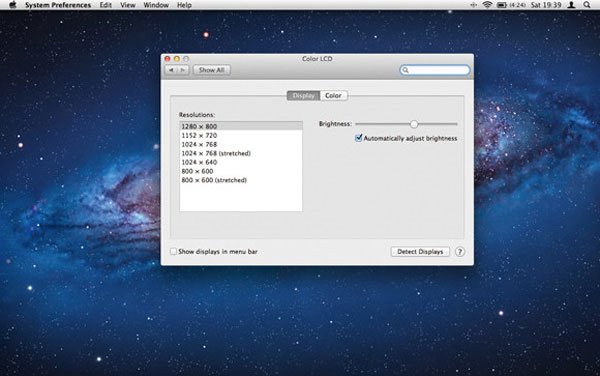
One of the most battery-hungry parts of the MacBook is the screen. To save power, reduce the brightness by pressing F1 on the keyboard. You can also adjust the brightness in the Displays tab of System Preferences . Just drag the slider as far to the left as possible to adjust the brightness you can comfortably work with.
2. The 'sleep' speed of the screen is faster
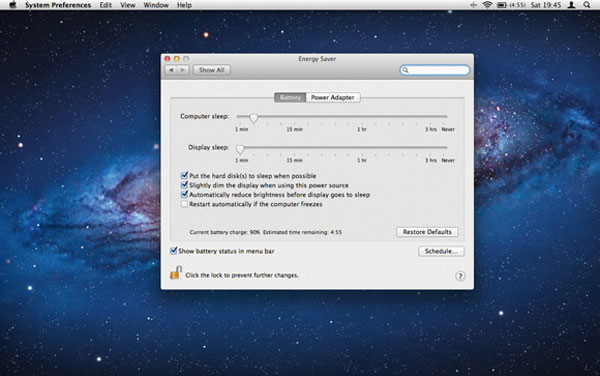
If you leave your Mac for a while, save power by setting the screen to turn off after a short time. Go to System Preferences> Energy Saver> Battery and drag the bottom slider to the left. Remember to check the first 3 check boxes directly below the sliders.
3. Turn off Wi-Fi
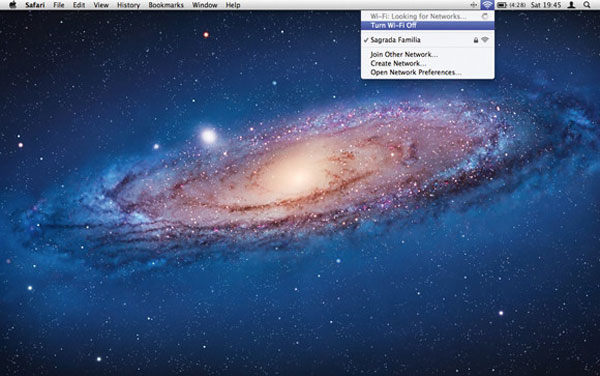
You can easily forget to turn off the wireless connection when you are not using it. Click the Wi-Fi menu in the upper right corner and select Turn Wi-Fi Off to temporarily disable this feature. When you need to use it again, look for the option to turn it on in the same menu above.
4. Turn off Bluetooth
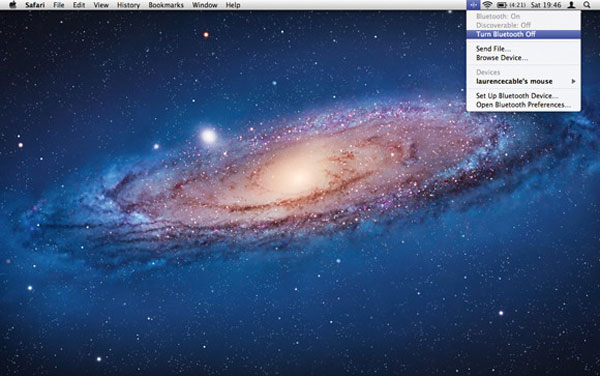
Are you using a Bluetooth keyboard or mouse? If the battery is low, switch to the built-in keyboard and desk in your MacBook and turn off Bluetooth. Do this in the Bluetooth menu right next to the Wi-Fi menu. When you want to use it again, you just need to turn it on.
5. Turn off the keyboard light
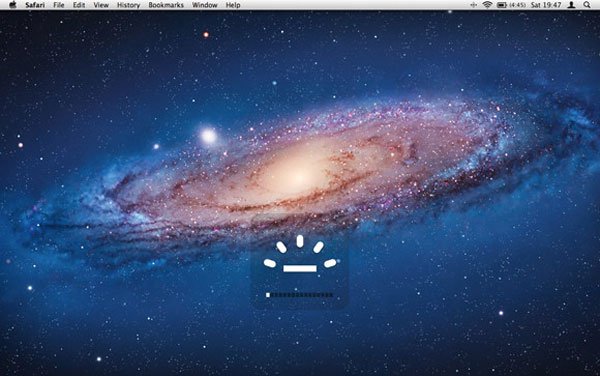
Being able to illuminate Mac keyboards is great when working in the dark. But this takes advantage of excessive battery power. Turn off the keyboard light by pressing the F5 key down to 0% (while the F6 key is to increase the brightness of the keyboard light). If you really need a keyboard light to work, adjust the brightness to the lowest possible level.
6. Remove external drives
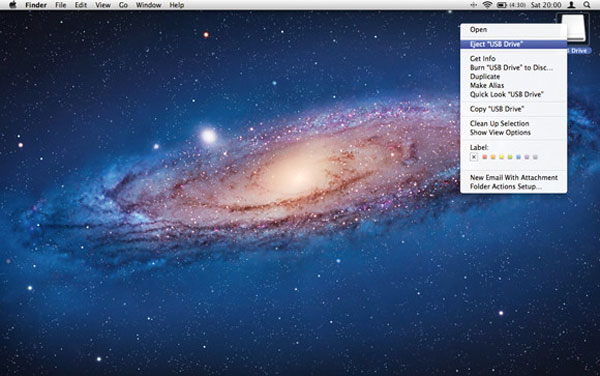
USB storage devices attached to Macs also consume power. If your working document is on the device, copy it to the machine's hard disk, then remove the USB device by right-clicking the drive icon outside the Desktop and selecting Eject . To save battery power, disconnect everything you don't need, including your iPod or iPhone.
7. Stop unused applications
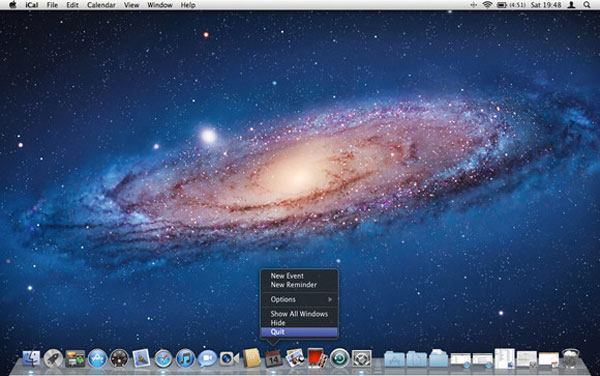
Running applications require processing power, even if they don't seem to be performing any task. Look in the Dock for applications that have a light on the bottom and you are not using these applications. Right-click the application and select Quit , or click once, then press Command + Q to close the application.
8. Review usage
Some tasks require a lot of processing power, such as video editing. The less work you need for a processor, the less power your Mac needs and the longer you can use it. Remember this when working with a Mac that has a low battery.
You should read it
- 5 minutes to adjust the laptop to run longer when the battery is low
- Which OTT service saves the most battery?
- 11 tips for maximum battery saving for your phone
- Tips to increase battery life for iPhone 5
- Do you know how to increase laptop battery life in Windows 10?
- Use Low Power Mode to save battery on iOS
- How to enable battery saving mode on Opera
- How to save your laptop battery with AutoPowerOptionsOK
- Learn about some Battery technologies
- 12 best battery saving apps today for Android
- 8 ways to save iPhone battery, increase battery life when using iPhone
- Battery saving tips for Windows Phone






 9 tips to help save battery power for Macbook M1 simple and effective
9 tips to help save battery power for Macbook M1 simple and effective 15 ways to improve MacBook battery life that you should know
15 ways to improve MacBook battery life that you should know How to fix Macbook battery error
How to fix Macbook battery error How to check MacBook battery status
How to check MacBook battery status How to turn off battery management on Mac?
How to turn off battery management on Mac? Apple confirms that the MacBook Pro has a battery error and may explode, this is how to check if your device is affected
Apple confirms that the MacBook Pro has a battery error and may explode, this is how to check if your device is affected